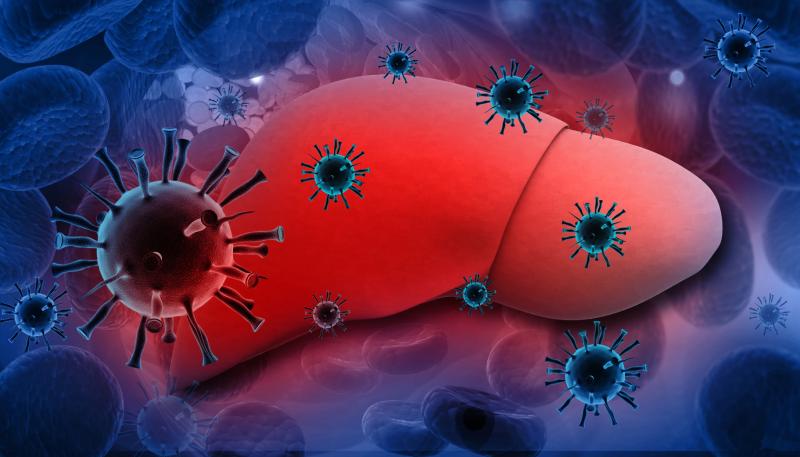
Use of the iodine concentrations of the portal vein (ICPV) appears to be an expedient noninvasive tool in evaluating the portal venous pressure and identifying clinically significant portal hypertension in patients with liver cirrhosis, suggests a recent study.
The authors evaluated the accuracy of parameters measured using dual energy spectral computed tomography (LightSpeed CT750 HD) in 45 patients with liver cirrhosis who underwent percutaneous transhepatic portal vein puncture as part of their treatment for liver disease. They also conducted preoperative measurement of direct portal venous pressure. All patients underwent dual energy spectral computed tomography within 3 days prior to their operations.
Stepwise multivariate linear regression analysis revealed the independent associations of the ICPV (p<0.001) and hepatic parenchyma during the portal venous phase (p<0.004) and the alanine aminotransferase level (p<0.024) with the direct portal venous pressure.
The receiver operation characteristic analysis demonstrated a significantly higher area under the receiver operating characteristic of ICPV (p=0.944) for identifying clinically significant portal hypertension (≥10 mm Hg) compared with that of iodine concentrations of hepatic parenchyma (p=0.825) and the alanine aminotransferase level (p=0.301).
The threshold ICPV of 58.27 yielded a sensitivity, specificity, positive predictive value and negative predictive value of 93.8 percent, 69.2 percent, 88.2 percent and 81.8 percent, respectively.
“Early diagnosis of portal hypertension is imperative for timely treatment to reduce the mortality rate,” the authors said. “However, there is still no adequate method to noninvasively and accurately assess the portal hypertension in routine clinical practice.”